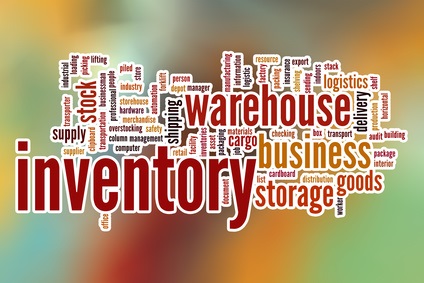A few best practices for reducing inventory levels without negatively impacting customer service include the following:
- Put the “right” people in the “right” jobs – it is amazing how much this one point contributes to success. Managing inventory levels requires a unique skill set – analysis, seeing the bigger picture and being able to optimize within conflicting goals (Finance typically wants lower inventories for cash flow; Sales typically wants higher inventories so whatever they want will be on hand whenever they want to sell it; Operations and Purchasing typically want higher inventories so they can make longer runs and larger buys; the Warehouse might want less inventory so the warehouse is easier to manage with less movements).
- Process: When managing among several moving variables and conflicting priorities, following a process is critical.
- Tools: Tools that provide efficiency are useful. These can be as simple as a checklist or more complex like a computer program. It is far more important that the tools support the people and the process than it is for the tools to be fancy. Keep it simple.
- Ask questions: It is critical to understand the data, the integrity of the data and the trends, especially when considering the multiple priorities and conflicts. The shortest path to success is to analyze the data and ask questions. The most successful planners are successful because they ask questions, push back and rely upon a solid foundation.
- Enjoy the game; don’t worry about being liked by everyone: A successful planner optimizes among the priorities to the best answer for the company. By definition, one function or another (or many) will be unhappy with the results. Don’t worry about it; focus on the end result – lowering inventory without affecting your customers (optimize for your internal customers and provide consistent service to your external customers).



